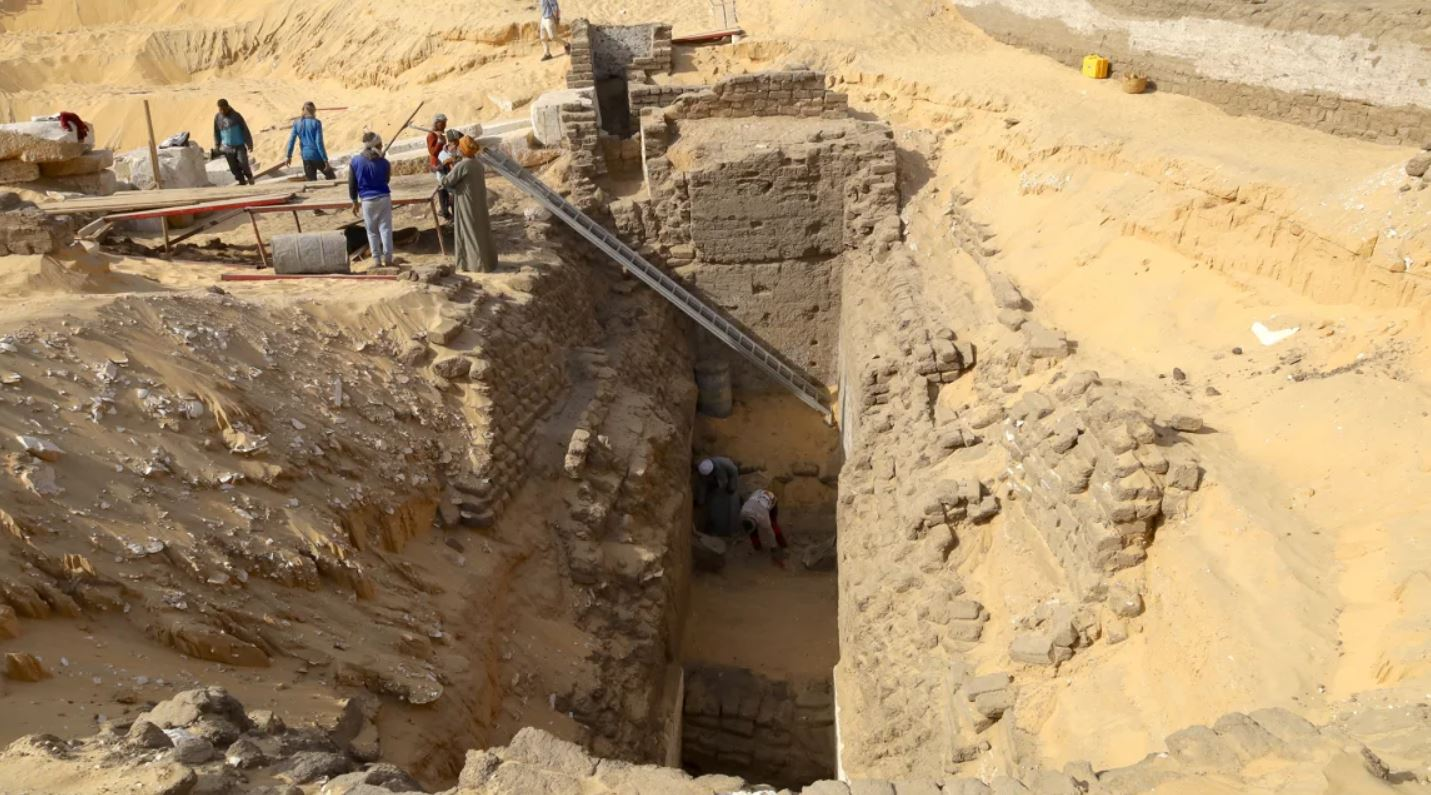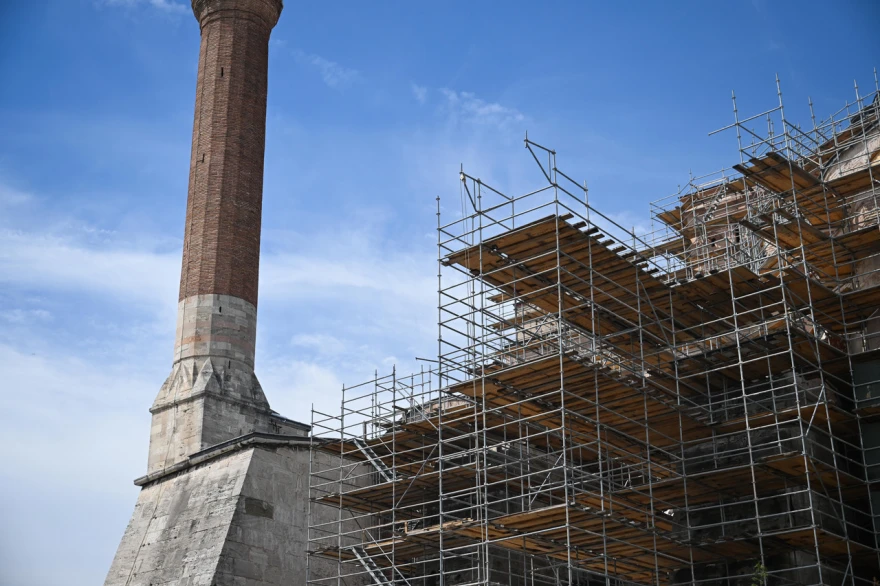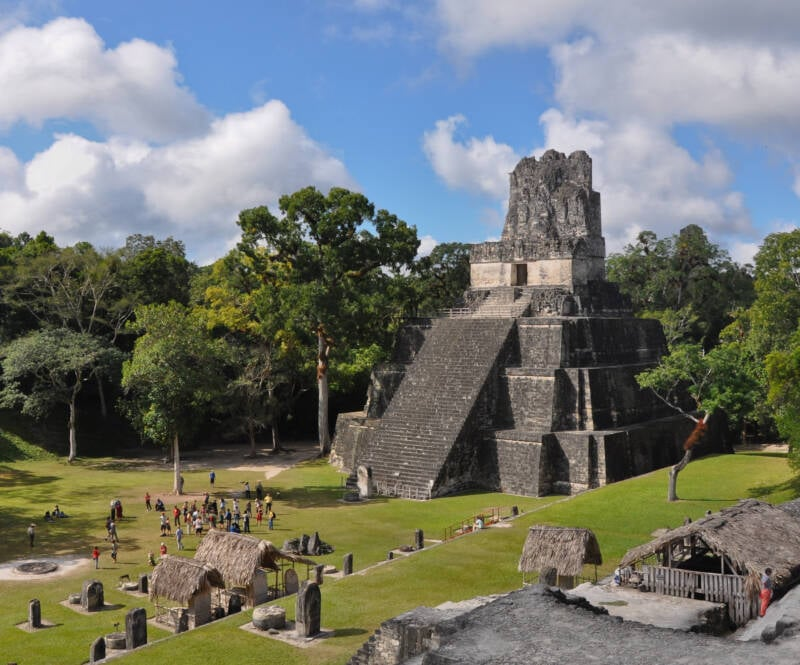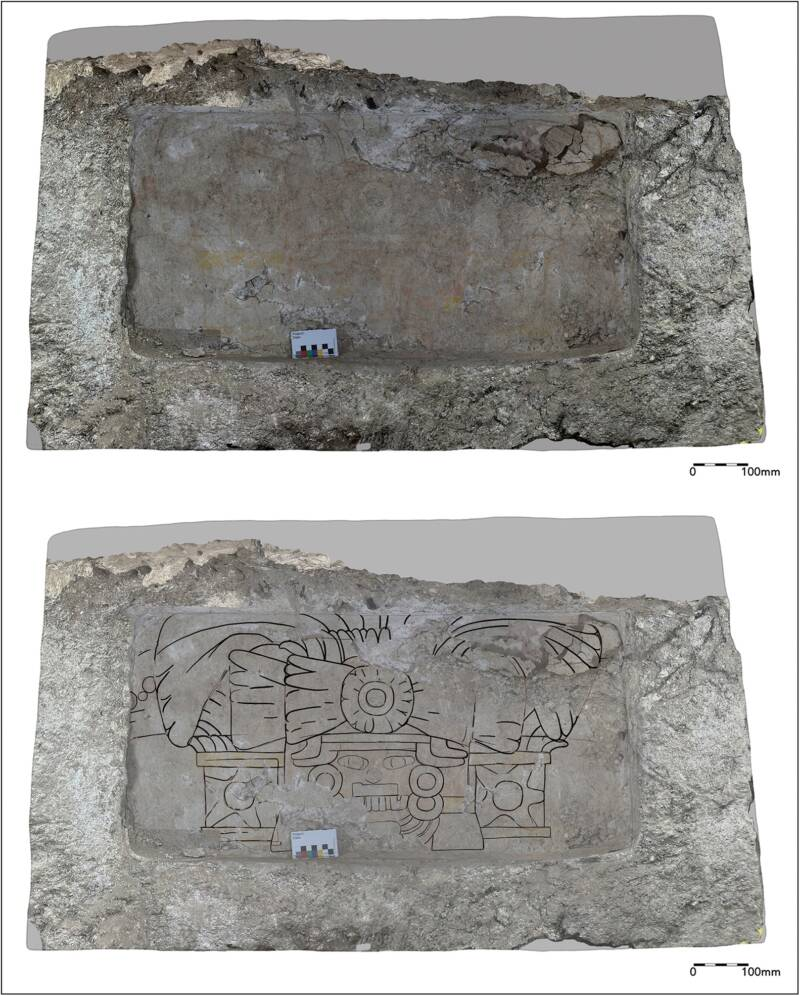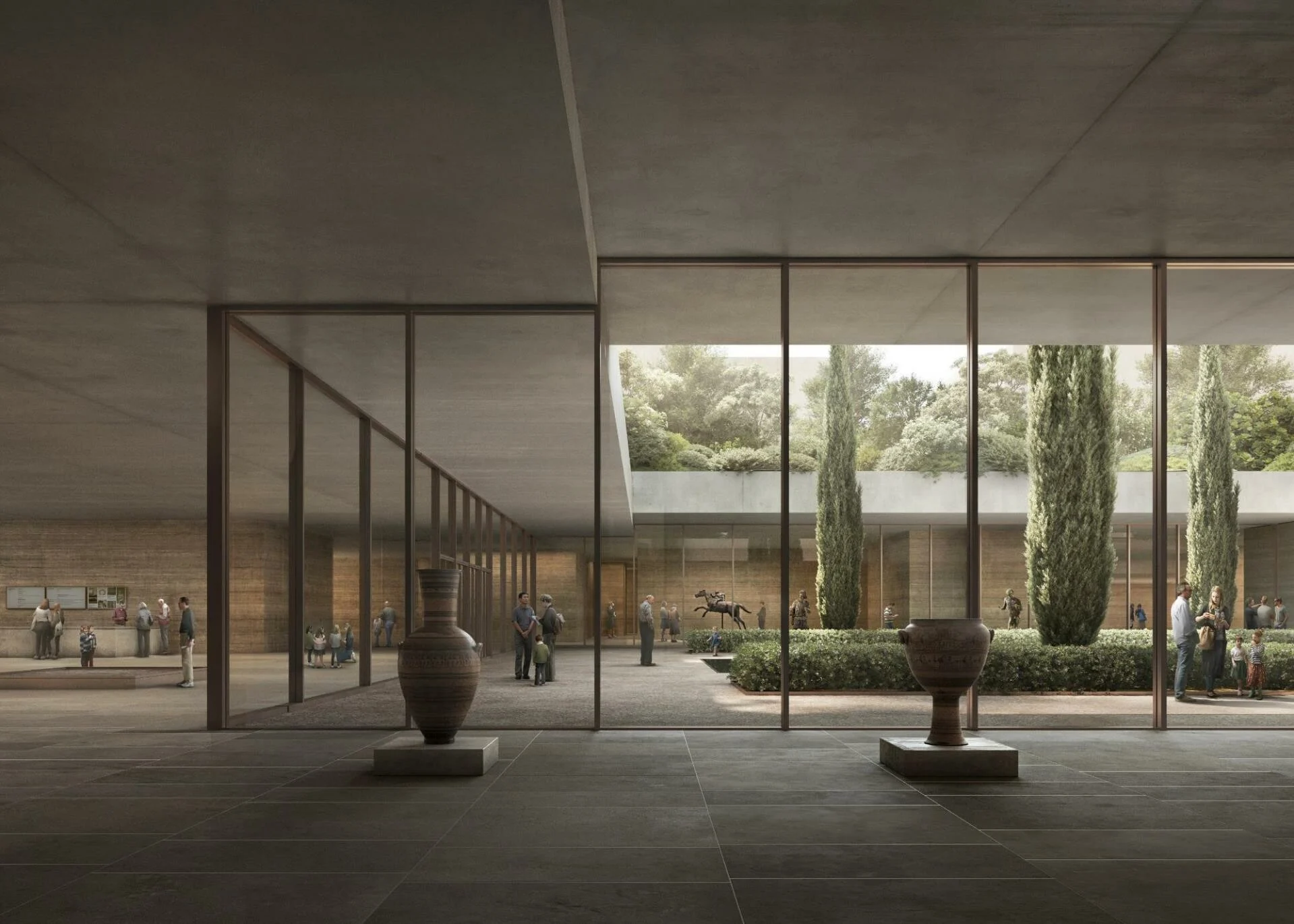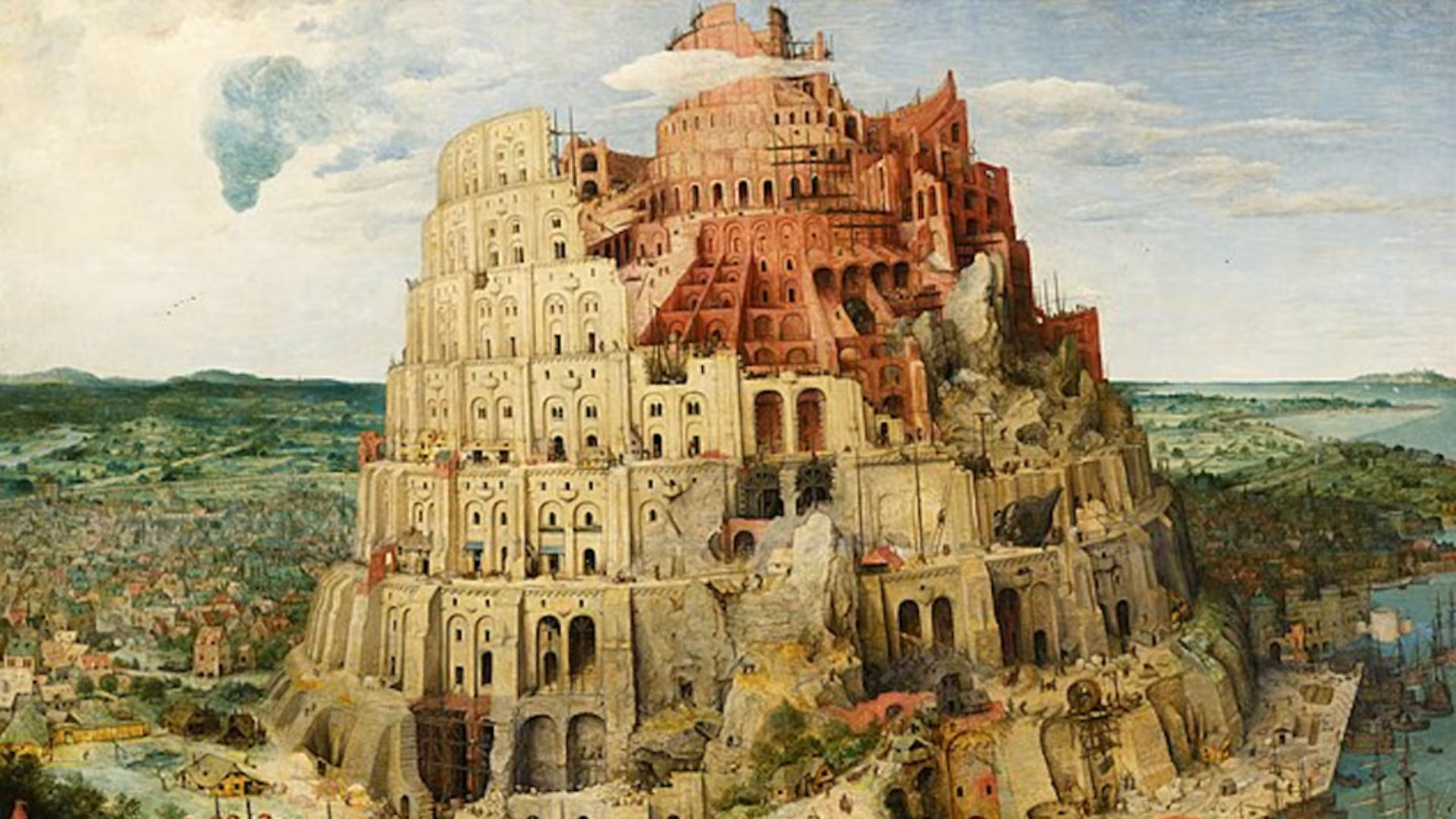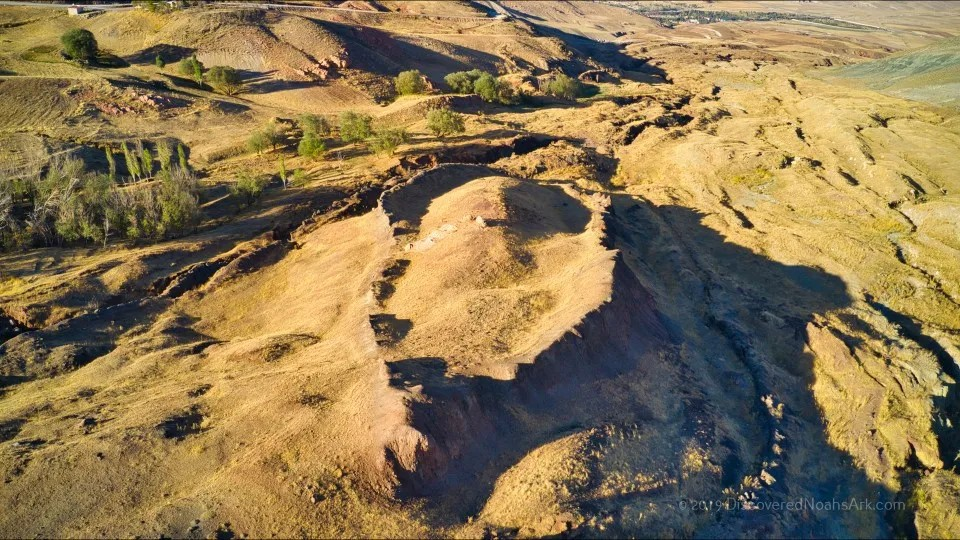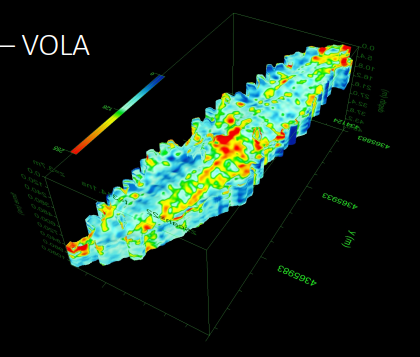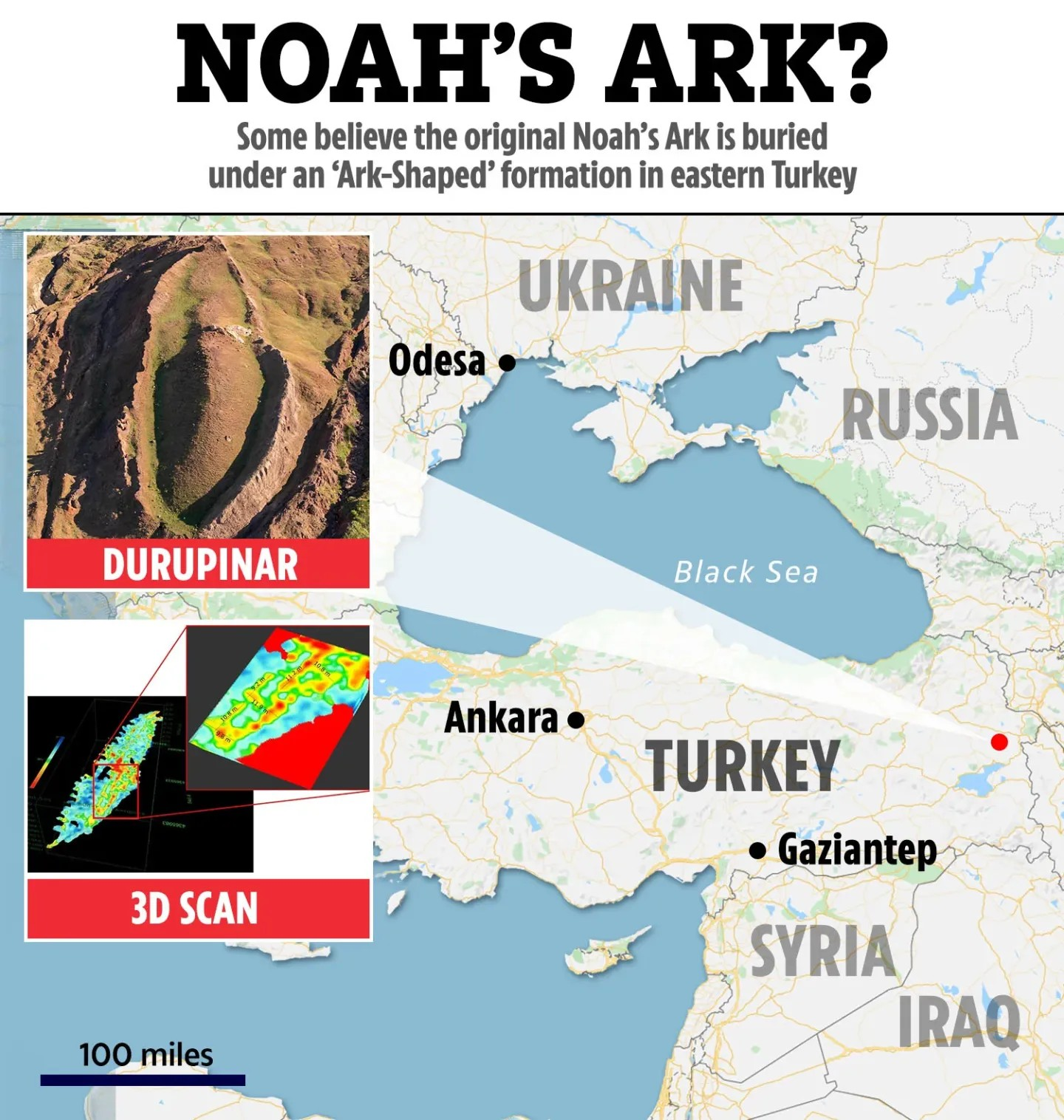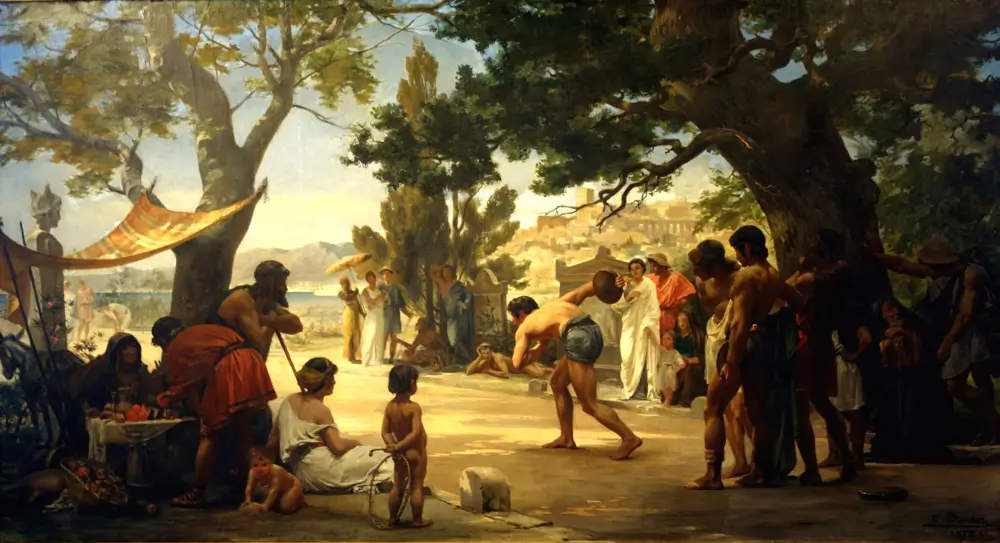The "Dark Ages" of ancient Greece refer to the period between the fall of the Mycenaean civilization (around 1200 BCE) and the beginning of the Archaic period (circa 800 BCE). The term “Dark” is used not because of an absence of activity, but due to the lack of written records, population decline, a drop in artistic and architectural production, and a general regression in social and cultural development compared to the flourishing Mycenaean era.
From Palaces to Simplicity
Between 1200 and 1100 BCE, the great Mycenaean palaces—like those at Mycenae, Pylos, and Tiryns—were destroyed or abandoned. The reasons remain debated, but likely include a combination of internal uprisings, external invasions (possibly by the mysterious “Sea Peoples”), climate change, and economic collapse.
With the fall of these centers, the use of the Linear B script—used mainly for administrative purposes—vanished entirely. This marked the beginning of a centuries-long absence of written documentation, making this era particularly elusive for historians. Large settlements were deserted, international trade, especially with the East, drastically diminished, and the economy shifted to small-scale, subsistence agriculture.
A New Social Order
The centralized, hierarchical structure of the Mycenaean kingdoms gave way to smaller tribal communities with simpler political organizations. Monumental architecture—such as palaces and defensive walls—ceased to be built, and even pottery styles became more basic. The intricate artistry of the past gave way to what we now call "Proto-Geometric" pottery, with simpler shapes and minimal decoration.
And yet, not all was lost. Even in the absence of writing, oral traditions preserved stories and myths that would later be recorded by Homer in the Iliad and the Odyssey. These epic tales likely have their roots in this very era.
Migrations and New Beginnings
The period is also associated with the Dorian migration—a movement of Greek-speaking peoples from the north who may have played a role in the downfall of the Mycenaean centers. Many Mycenaeans fled to coastal regions such as Ionia and Cyprus, where they laid the foundations for later waves of colonization.
Despite the setbacks, the Dark Ages were not simply a time of decline—they were a time of transformation. The collapse of central authority allowed for the development of smaller, independent communities that would eventually evolve into the city-states (poleis) of the Archaic and Classical periods.
The Road to Recovery
The transition out of the Dark Ages began around 800 BCE. This shift is marked by the rise of geometric art (particularly in pottery), the symbolic founding of the Olympic Games in 776 BCE, and renewed contact with the Eastern Mediterranean, which spurred trade, cultural exchange, and technological advancement.
These developments paved the way for the vibrant intellectual, artistic, and political growth of the Archaic period—proving that even in darkness, the seeds of a cultural renaissance can take root.




